Affiliate links on Android Authority may earn us a commission. Learn more.
4K on Android - overkill or must have?
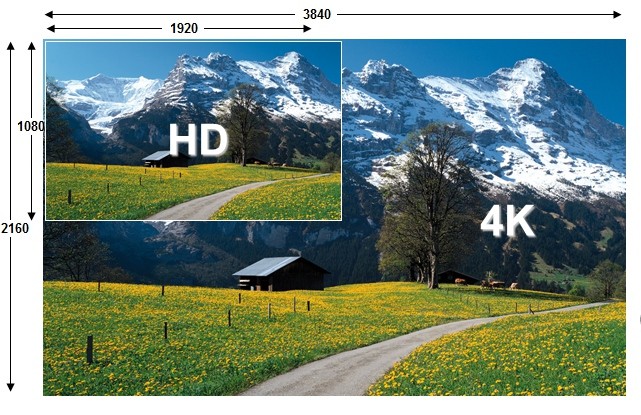
“4K” may seem like another bad marketing buzzword. But, unlike the meaningless jargon manufacturers like to throw around at press conferences, 4K content isn’t useless. It’s the high-definition successor to 1080p, and promises to change the way we experience TV, movies, and content by delivering an unprecedented level of detail.
There’s no doubt about it, 4K video is the future. But what is it, exactly, and do the current costs outweigh the benefits? Before we jump into the technology behind 4K, it’s important to understand why companies are so keen on the standard in the first place. Really, it all comes down to market dynamics.
Setting the Stage
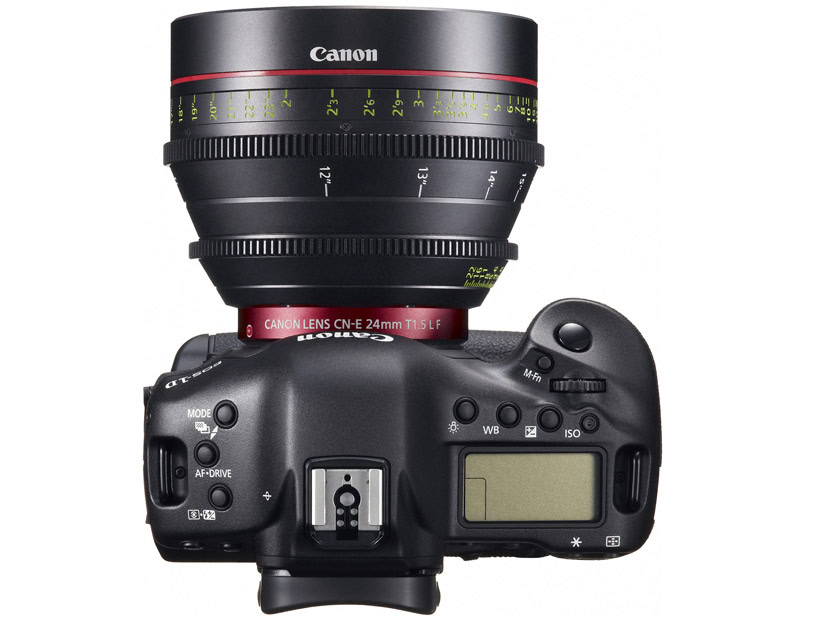
Oh, how times have changed. The introduction of the iPhone and Android turned the mobile industry on its head. Touch screens, components like accelerometers and proximity sensors have become ubiquitous. The improved usability of smartphones spurred their adaptation as companies vied for consumers’ attention. Innovation became a central tenet of many company philosophies, motivated by the pervasive belief that unique features would win over potential buyers.
That dedication to “different” is now stronger than ever, evident in features like the HTC’s heavily promoted UltraPixel camera and industry leading BoomSound speakers; the Samsung Galaxy S4’s myriad sensors and amalgamation of apps; and the Nokia Lumia 1020′s 42-megapixel rear camera, and now, the Galaxy Note 3’s ability to capture incredible 4K video. Though some aspects are more useful than others, few would argue any are completely undesirable.
Resolution continues to receive a lot of attention, and for good reason. Displays have been getting sharper each year, and high-definition output (via HDMI or Miracast) is always a highlight. But HD isn’t as fresh and exciting as it once was. It’s familiar, and not a novel selling point for $700+ smartphones. That’s why mobile device companies, always looking to invest in future trends, have started supporting a new format that holds a lot of promise.
A Primer

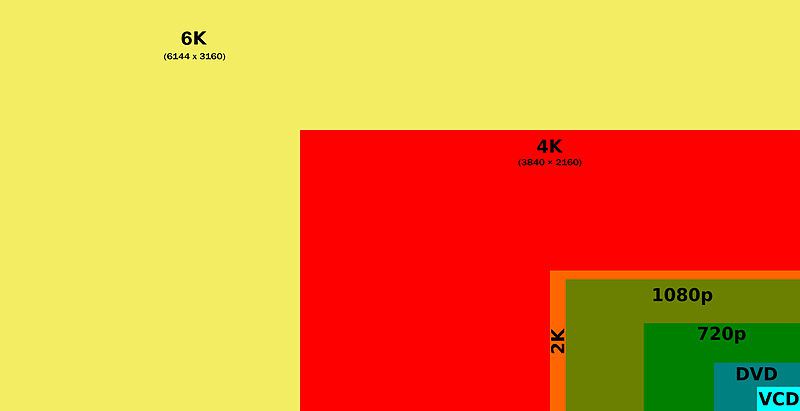
That was 2003. Today, full HD 1080p is ubiquitous. Nearly 75 percent of Americans own HD televisions, and the most popular computer monitors are HD, according to a study by the Leichtman Research Group. From a technologist’s perspective, that’s an encouraging evolutionary trend. Manufacturers of displays see things differently, however. In their eyes, familiarity breeds yawns, which translates to lower sales. So, in an effort to once again awe the masses with technological magic, television and smartphones makers are rushing to mass-produce displays of unprecedented resolution. The most popular target by far is 4K, which has a minimum resolution of 3840 x 2160 . Nearly every major TV manufacturer has released a 4K model, and LG recently teased a 5.5-inch mobile display that, while not quite 4K, comes impressively close. (It has a resolution of 2560 x 1440.) Another display manufacturer out of Japan named Ortus Technology has demoed a 9.6 inch 4k display, too.
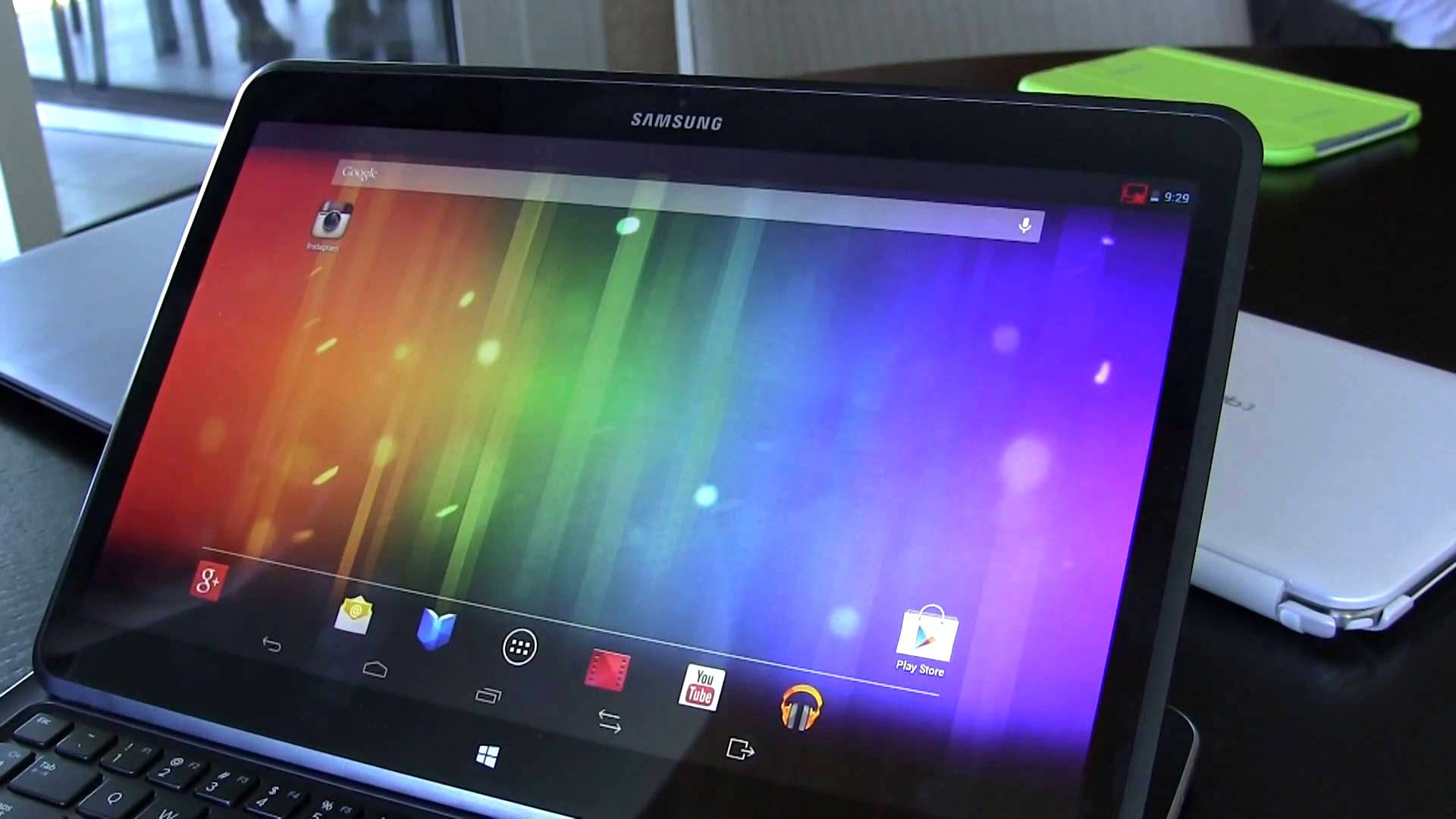
Why 4K? Well, 4K is effectively double 1080p, which certainly appeals to marketing sensibilities. More importantly, though, TV broadcasters are widely expected to adopt 4K as standard (some in Japan already have) and the popularity of 4K-capable digital cameras ensures plenty of movies will eventually become available for those with compatible displays.

While it delivers exceptional, highly manipulable content, there’s a dearth of affordable display hardware needed to actually see the difference 4K makes. In addition, it remains to be seen if mobile SoCs are powerful enough to produce quality, rather than blocky, 4K video. See the sample video below for an idea of what I’m talking about. Also, remember to set the quality to original (requires powerful computer). If you’re running anything less than an Intel Core i3, it’s likely your computer will struggle.
The Benefits and Disadvantages of 4K
The main benefit of having the ability to capture 4K video is that you’ll be able to create stunningly detailed videos, that offer substantially better video quality. 4K video is video that is captured at a resolution of 3840 x 2160 vs 1080p’s 1920 x 1080. It’s over 8 million pixels with 4K vs 2 million with 1080p. Massive difference.
4K is a huge boon for those proficient in video editing, because of the nature of the resolution. It, if we recall, offers four times the resolution of 1080p. That means cropping without significant loss of resolution; conceivably, an edited video missing a significant amount of captured video could still qualify as HD.
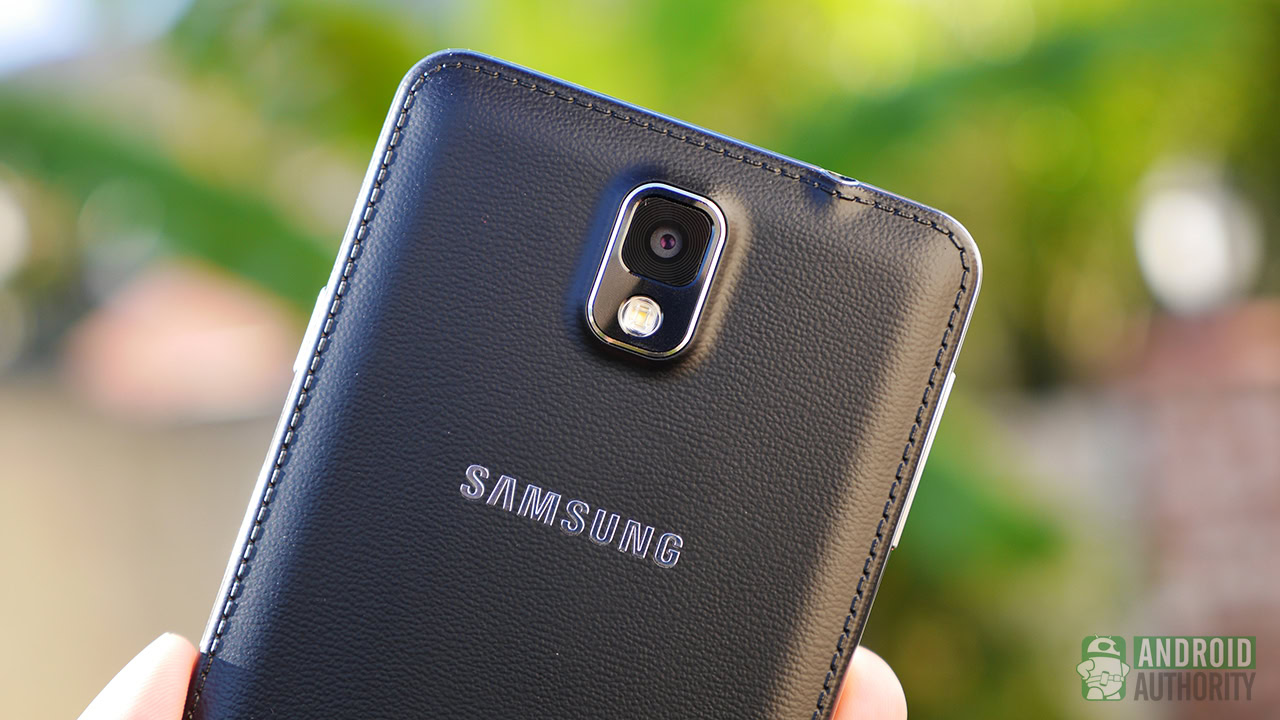
The Note 3’s 13MP BSI camera, is capable of capturing true, honest to goodness 4K video. With a resolution of 3840×2160, it shoots glorious 4K video at variable frame rate of 26-35fps. The video length is somewhat expectedly capped at five minutes, and produces a whopping 1.5GB file. The bit rate of the video itself is approximately 48-50mbps. And while each experience won’t necessitate employing the 4K detail the Note 3 is capable of, it’s nice to be able to grab such incredible video from your smartphone whenever an exciting moment beckons.
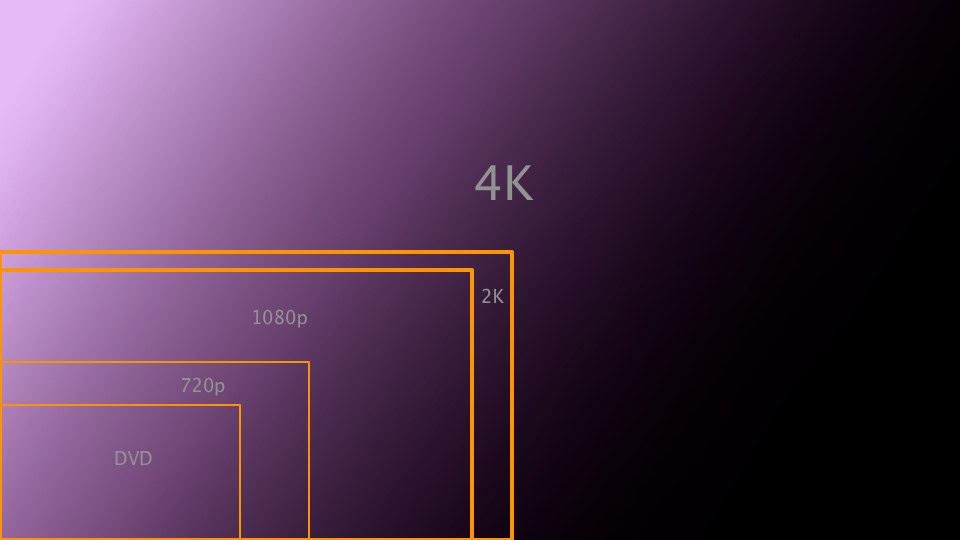
4K content is insanely sharp. If you’ve ever witnessed it first hand on a 4K capable display , you’ll know that it’s an order of magnitude sharper than 1080p, so in a word: stunning. It also allows for zooming without apparent loss of quality. (Think Nokia’s 42-megapixel Lumia camera, but for video.) Of course, a PC (or powerful mobile device) and software powerful enough to handle 4K footage is a necessity, but given the downwardly trending price of virtually all consumer electronics, it’s likely an upgrade probably isn’t an outrageous proposition for those able to afford a 4K-capable Android phone.
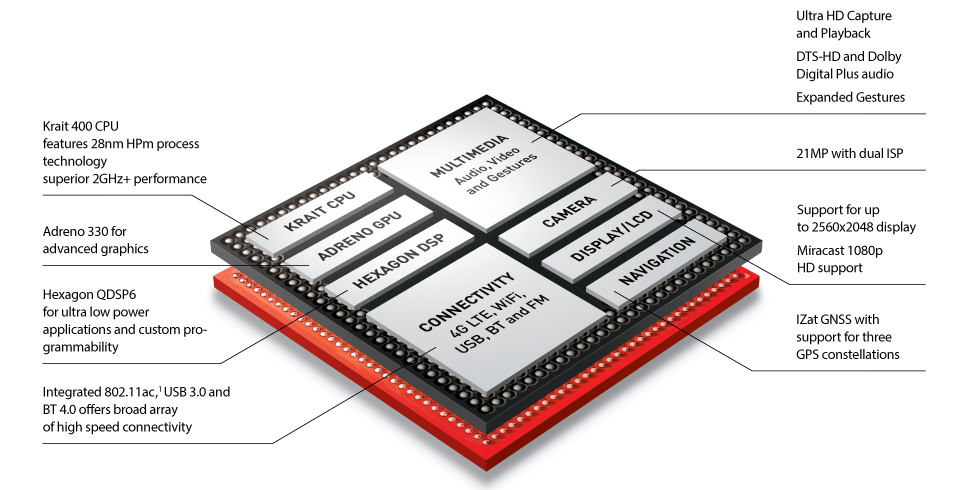
Clarity should be the primary benefit of 4K – more pixels is good in theory – but comes at a price. Recording 4K videos will consume substantial battery life and the files themselves will be massive. Qualcomm, the first company to produce an SoC (the Snapdragon 800) capable of capturing 4K footage, hasn’t been forthcoming about the compression and bitrate used. It isn’t unreasonable to assume, though, that the quality won’t be on par with what cameras like the RED Epic can produce. Just like smartphones won’t replace DSLRs for video any time soon, don’t expect to see Hollywood blockbusters filmed on the Note 3. Further research shows however, that the 4K footage grabbed by the Galaxy Note 3 is around 50mbps resulting in significantly larger file sizes than the 1080p video most smartphones are capable of capturing, today.
The Bottom Line
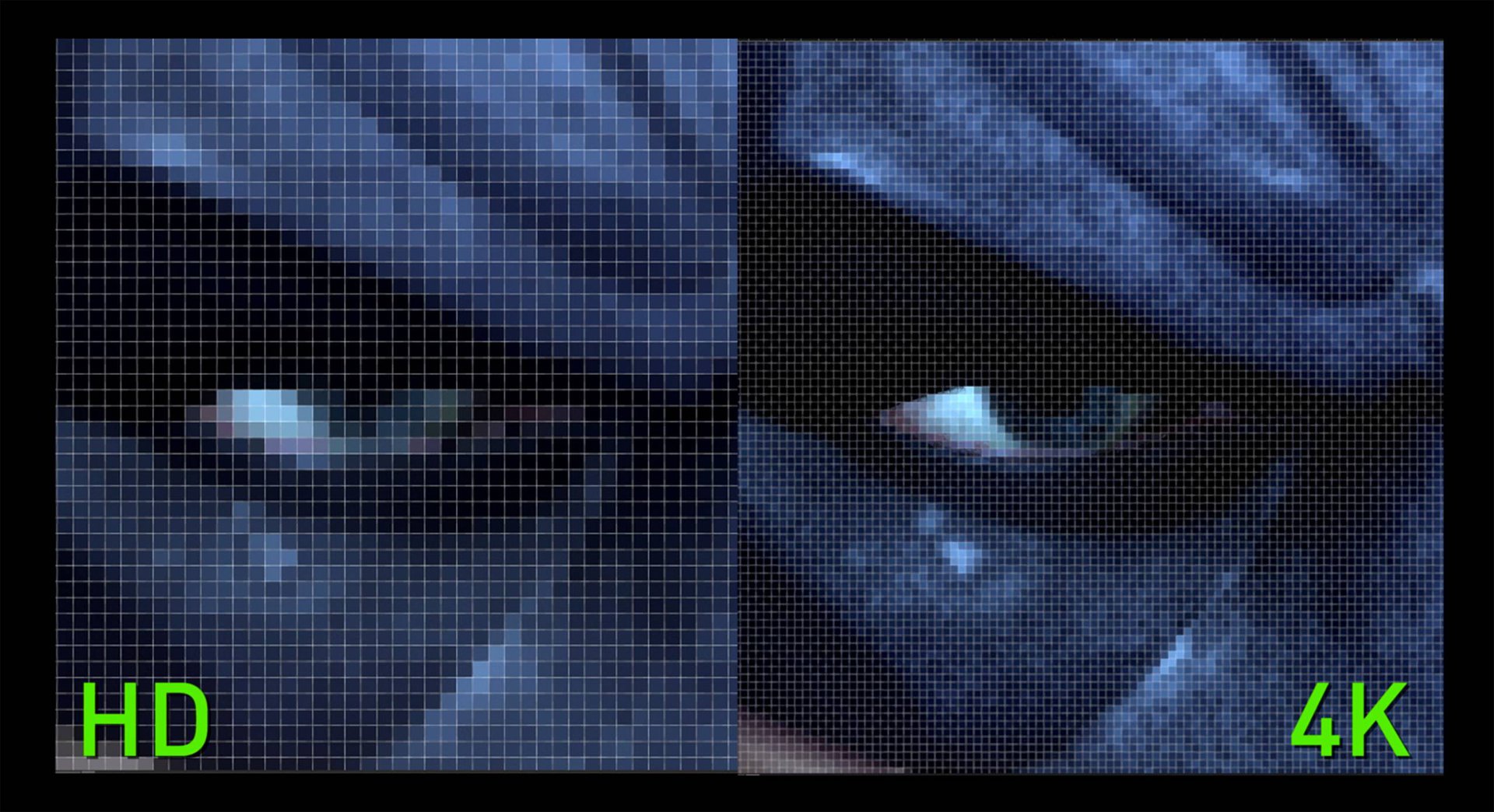
There’s no doubt that 4K is the future. Ultra HD / 4K recording and content have the capability to redefine our media experience – though mainstream adoption is still a few years off. With current 4K displays starting to trickle onto the market with premium pricing attached, it’s likely that mass adoption will have to wait until pricing hits consumers’ sweet spots. Over the next several quarters, we’ll see more reasonably priced 4K cameras and smartphones with this feature hit the market. It’s only a matter of time before 4K, in all the glorious detail that it brings, is mainstream.
And how about you? Are you planning on getting a 4K television? Do you think 4K video is overkill? The consumer electronics industry is gearing up for it in a big way, and even has plans for 8K and beyond. Let us know what you think down below!